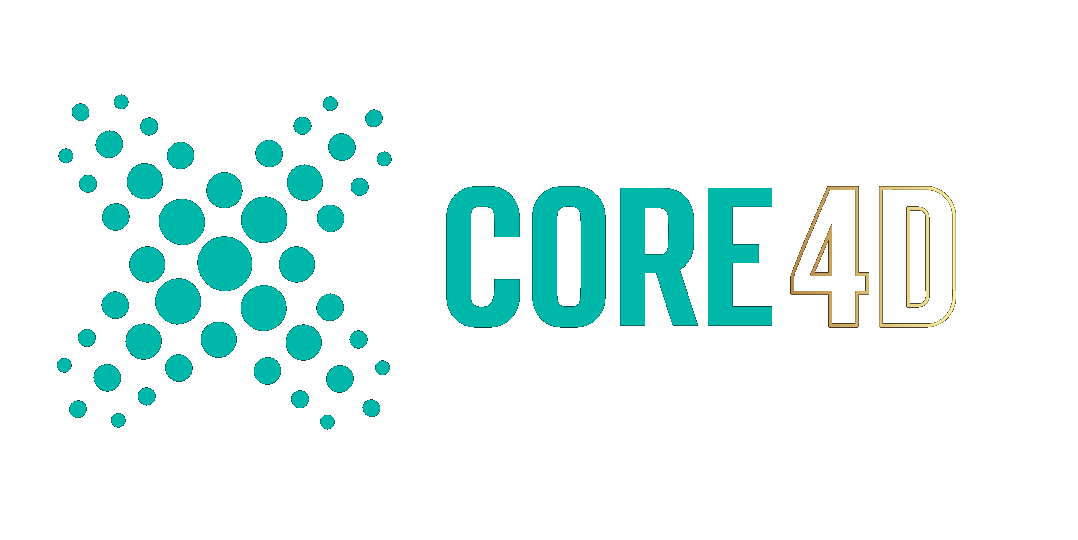Distribution asset plugin for MoGraph- FREE!
-
Recently Browsing 0 members
- No registered users viewing this page.
-
LATEST ACTIVITIES
-
1
Weird Issue Happening
you don't have enough geometry for the curvature you're trying to achieve in the cushion so it's causing shading issues. EDIT: I moved the camera at an extreme angle so you can see how there isn't enough geometry to make good curvature. Subdivide the geometry... use a Subdivision Surface or use a Redshift object tag (in the tag: Geometry override / Tessellation) -
1
Weird Issue Happening
I have no material applied to the geo. It's getting these weird relief lines. I attached a project. For some reason this area light is creating the issue––when it is toggled off, it disappears. Is this just a bug? Thank you for reading. Issue.c4d -
5
Cinema 4D & AI
I just heard one of the local county police departments started using AI for non-emergency calls to answer questions or direct calls to the right departments. I had friends laid off from the government and government contracting who are finding it hard to get even a "standard" tech job. LOADS of applicants for smaller job pools due to AI removing positions and the unknowns in the current economy. I could see AI eating into those concept jobs and smaller positions where Blender and Maya generalists will be the first to go. I stopped looking at Linkedin because everyone is all of a sudden an "AI Evangelist or AI Creative Director", spending thousands on Veo just to make clips to promote their prompt skills. -
3
Non-planar quad polygons of leaves don't look the same as in 3ds max.
Hmmm. Tricky that one, because we are victims of different software parsing ngons in different ways. I think I would try a more thinking-out-of-the-box-style solution, where instead you clone (and ultimately replace with) a new flat plane to each existing leaf. Is that a possibility ? CBR -
3
Peg's Mansion Revisted
Well I have been working away hard at this and this is where I have got to - I think it's an improvement and getting there Peg's Mansion Flythrough HD v01.mp41
-



Recommended Posts